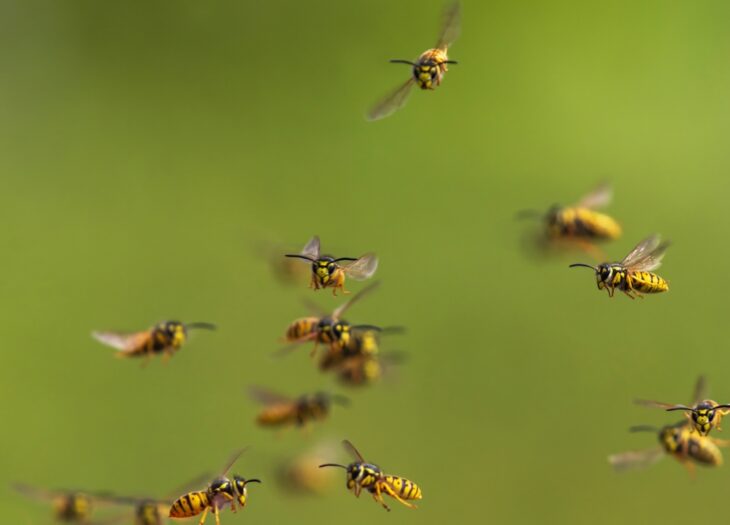
Shutterstock
European parasitic wasps have been discovered in the United States for the first time, puzzling scientists about their intercontinental journey.
Research teams from Binghamton University and the University of Iowa identified these tiny invaders on both American coasts. These wasps have developed a particularly brutal survival strategy — they target oak gall wasps that create tumor-like growths (called “galls”) on trees. The parasitic wasps lay their eggs inside these galls, and when their larvae hatch, they completely devour the oak gall wasp inside.
“Finding this putative European species on the two coasts of North America inspired our group to confirm this parasitic species’ identity and whether it was, in fact, an introduced parasite from Europe,” explained Kirsten Prior, associate professor at Binghamton University.
How did they get here?
The mystery of their arrival remains unsolved.
According to findings published in the Journal of Hymenoptera Research, these wasps might have arrived during the extensive oak tree plantings of the 17th century. Another possibility? They simply hitched a ride on modern aircraft — adult parasitic wasps can survive for up to 27 days, providing ample time for transatlantic travel.
Genetic analysis shows the East Coast specimens share DNA with wasps from Portugal, Iran, and Italy. Their West Coast counterparts, meanwhile, are related to species found in Spain, Hungary, and Iran — suggesting multiple introduction events rather than a single invasion.
The ecological impact of these newcomers remains a concern for researchers. “We did find that they can parasitize multiple oak gall wasp species and that they can spread, given that we know that the population in the west likely spread across regions and host species from a localized small introduction,” Prior noted. “They could be affecting populations of native oak gall wasp species or other native parasites of oak gall wasps.”
While these parasitic wasps pose no threat to humans — thankfully — their discovery adds to North America’s growing wasp population, something few people outside scientific circles are likely to celebrate.
Scientists are now working to determine whether these European invaders might disrupt the delicate balance of native ecosystems. The unexpected discovery highlights how easily species can cross international boundaries in our interconnected world, sometimes remaining undetected for years.
